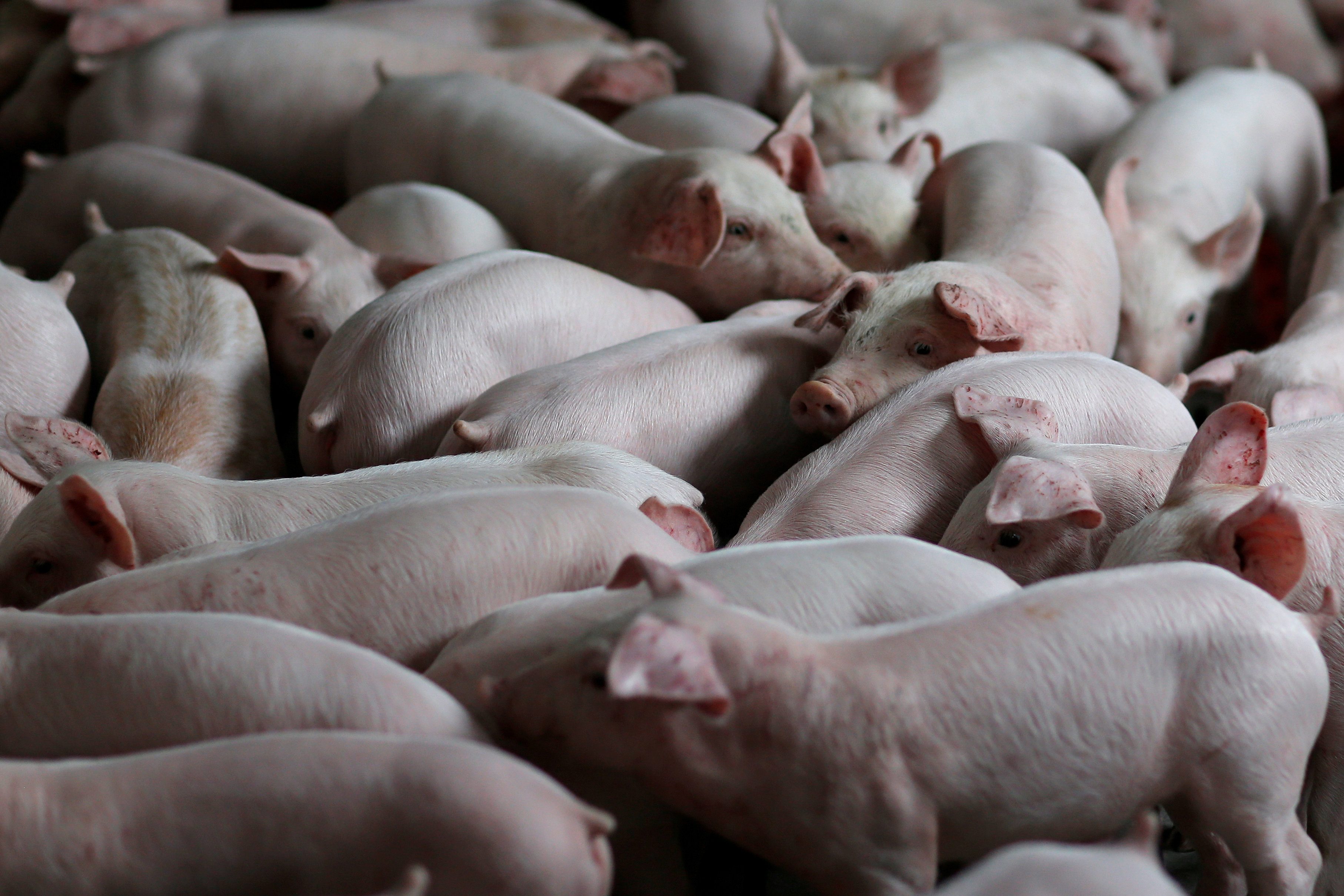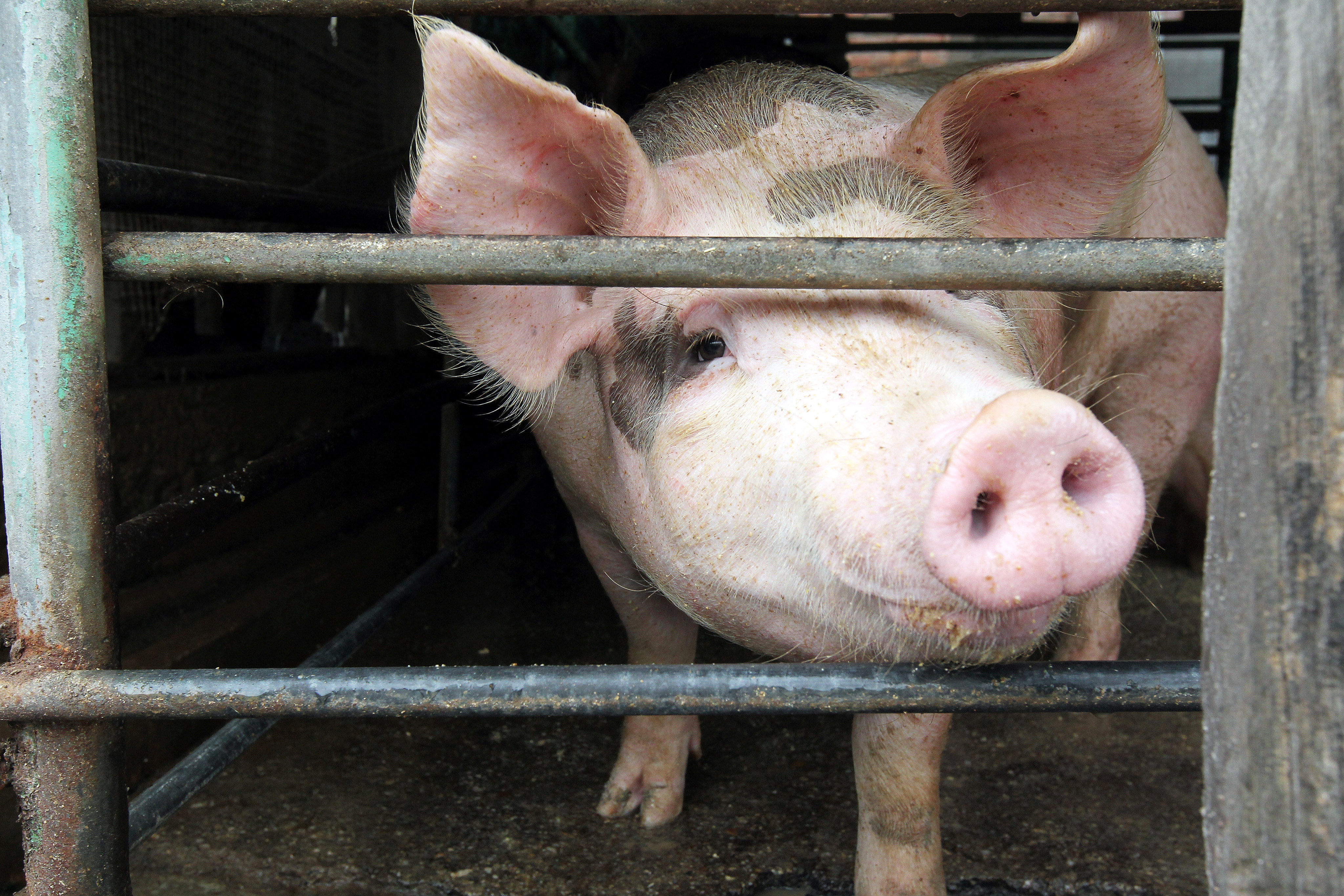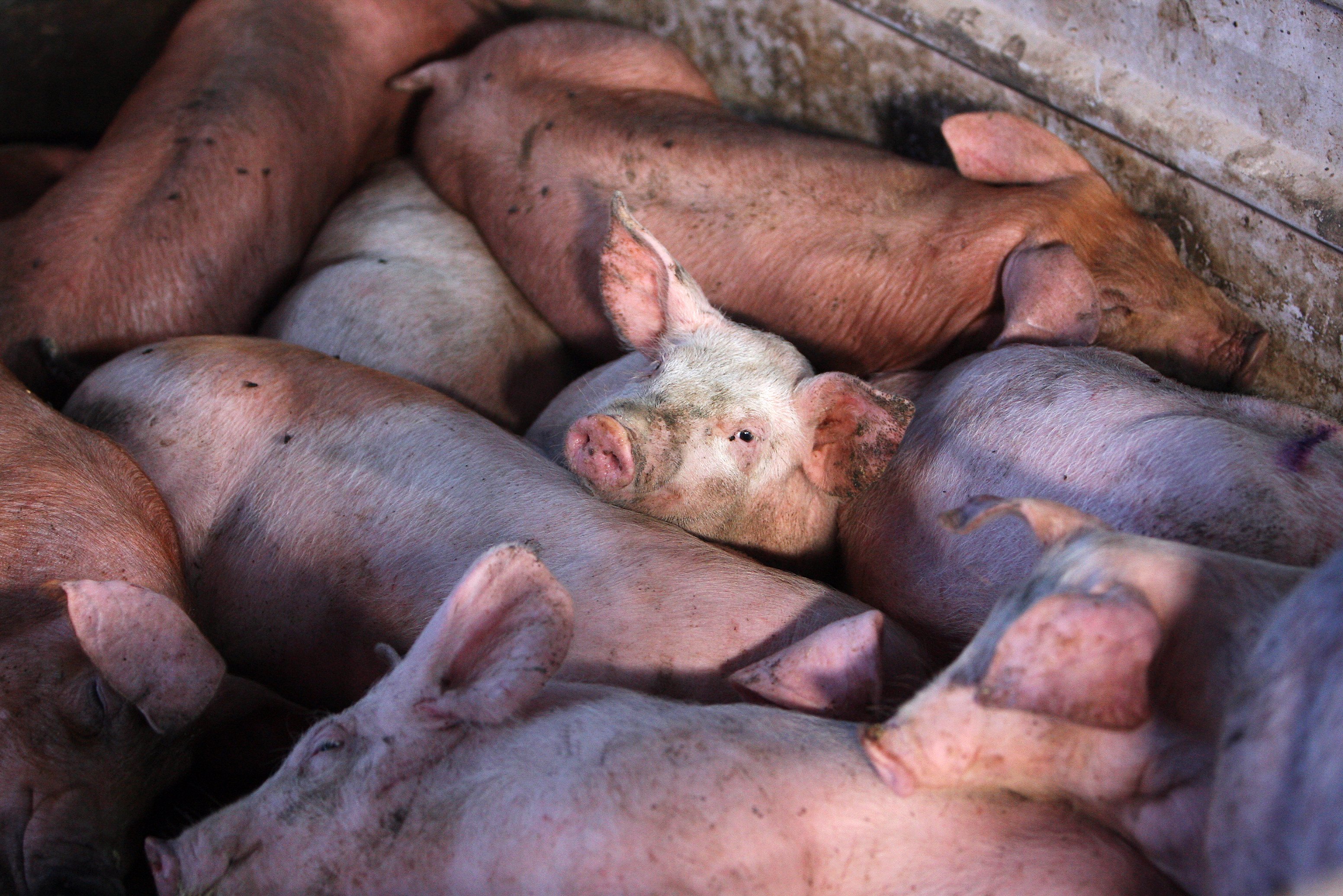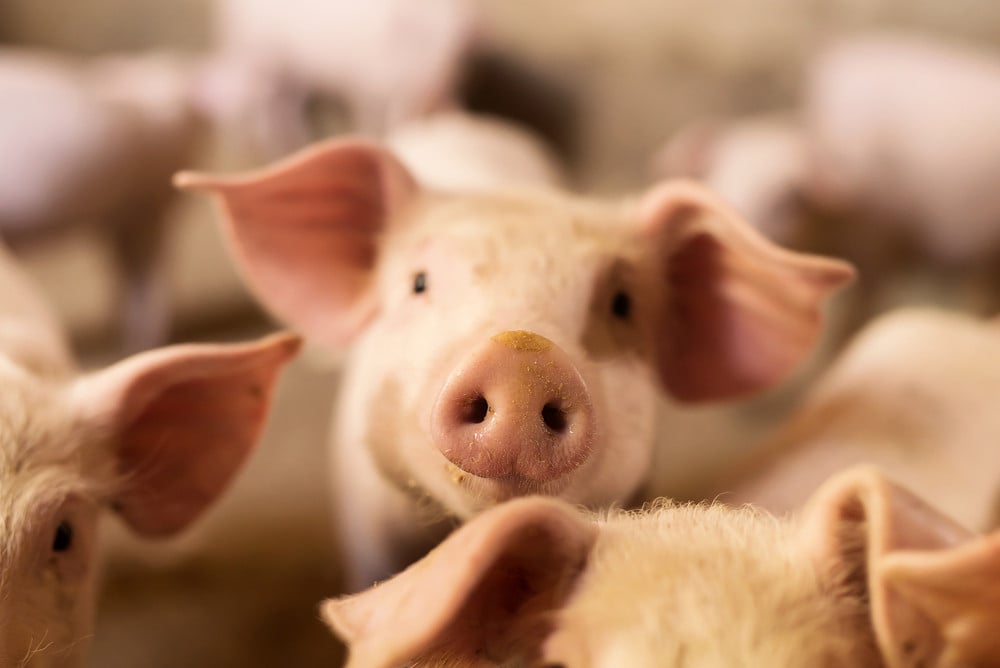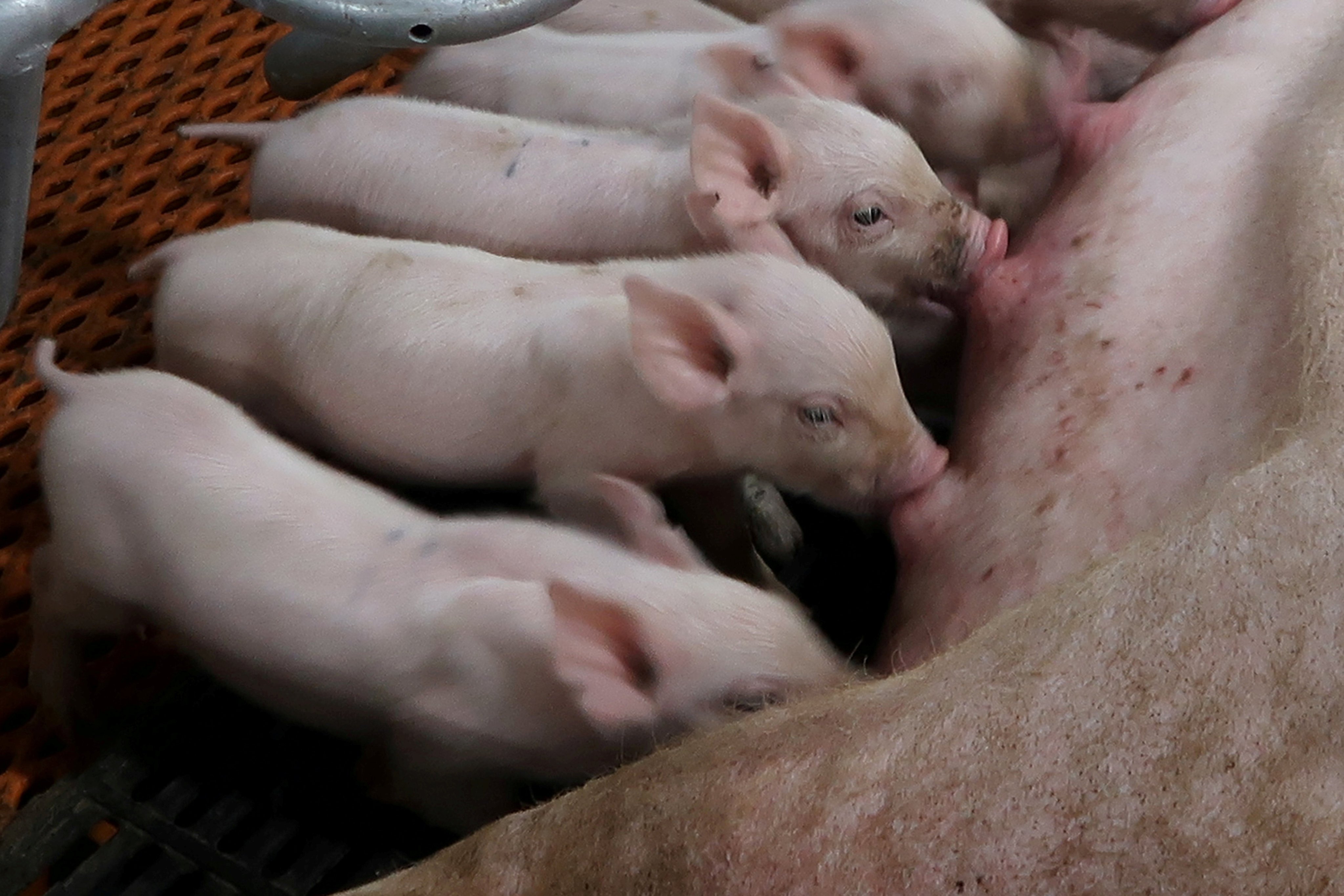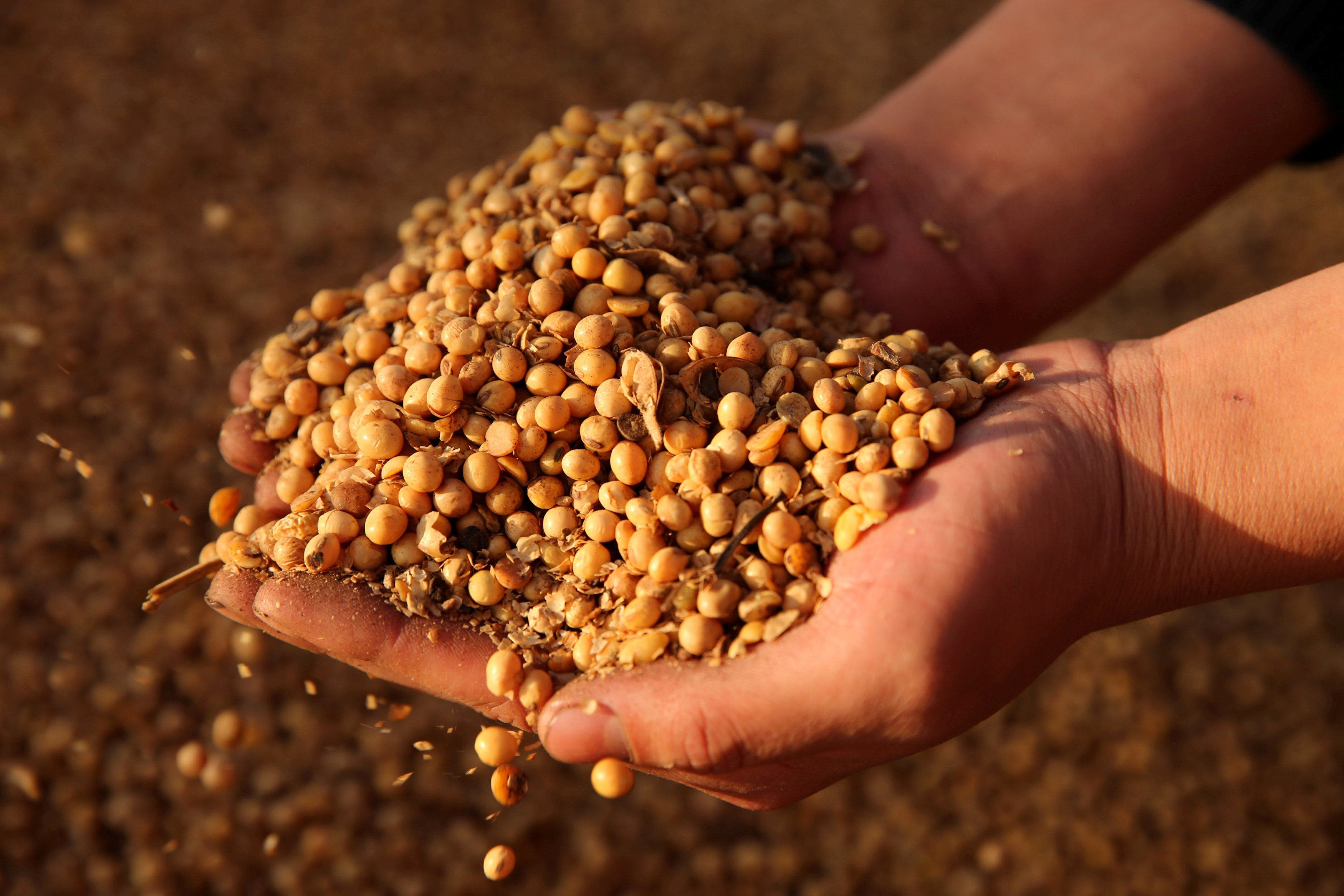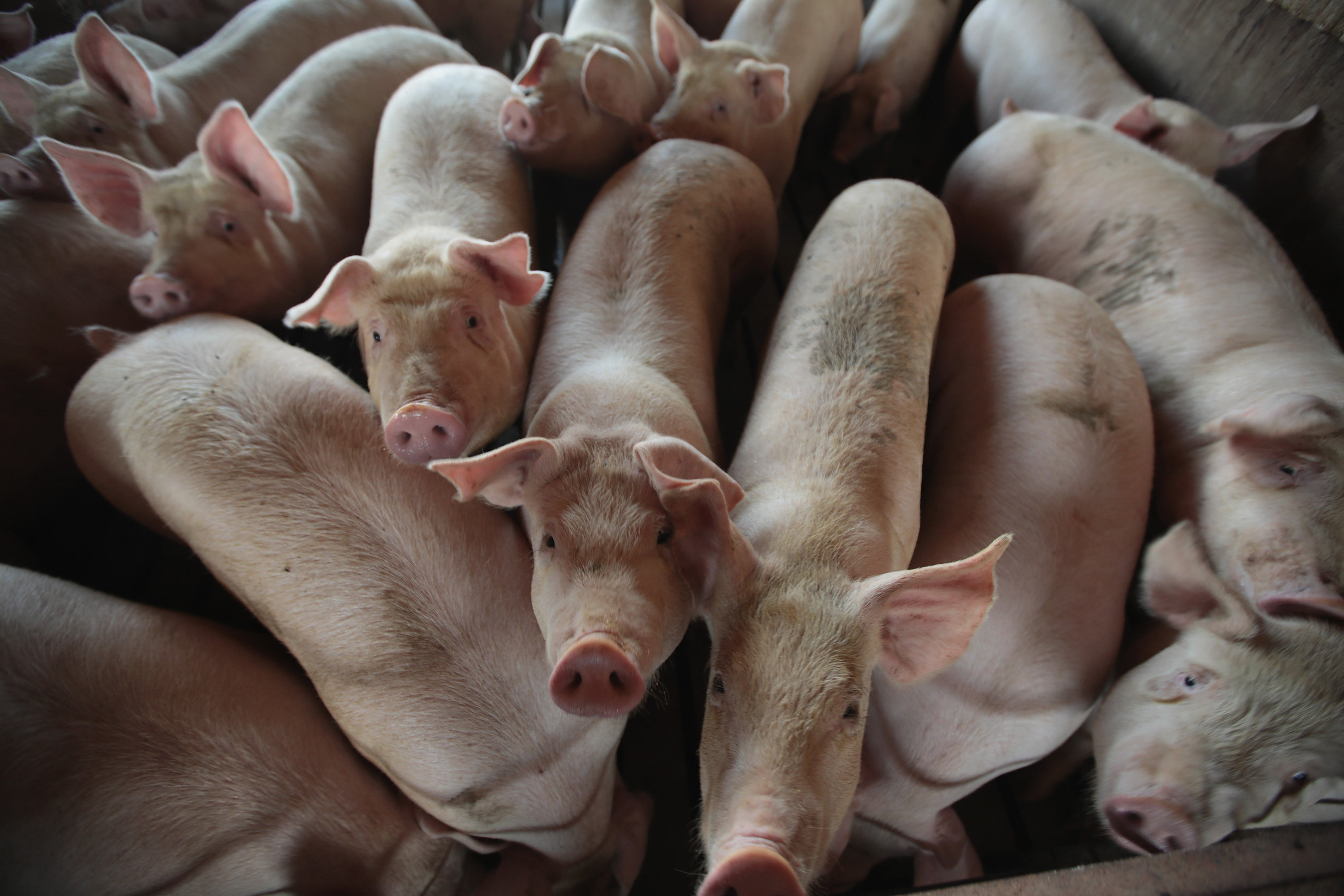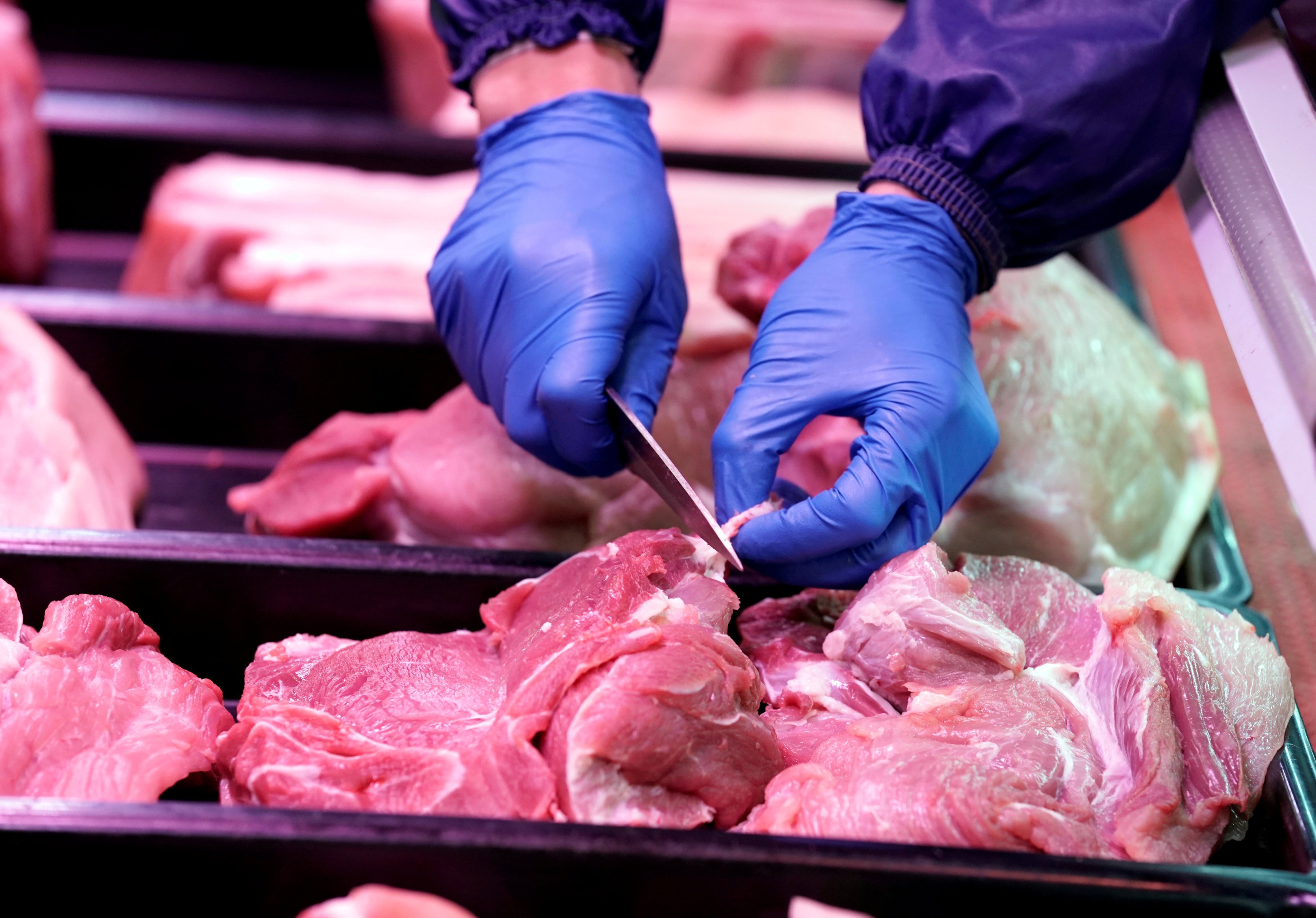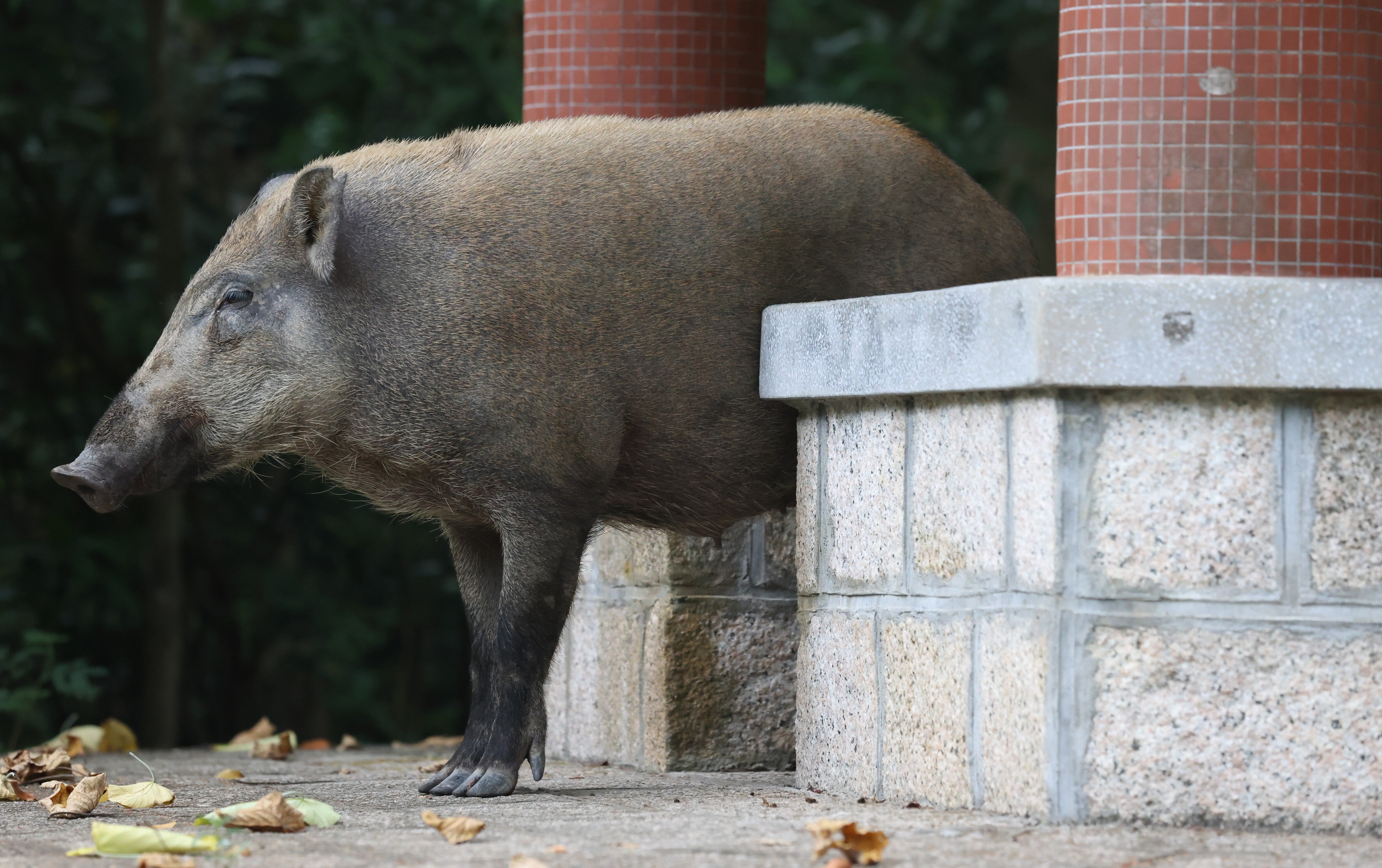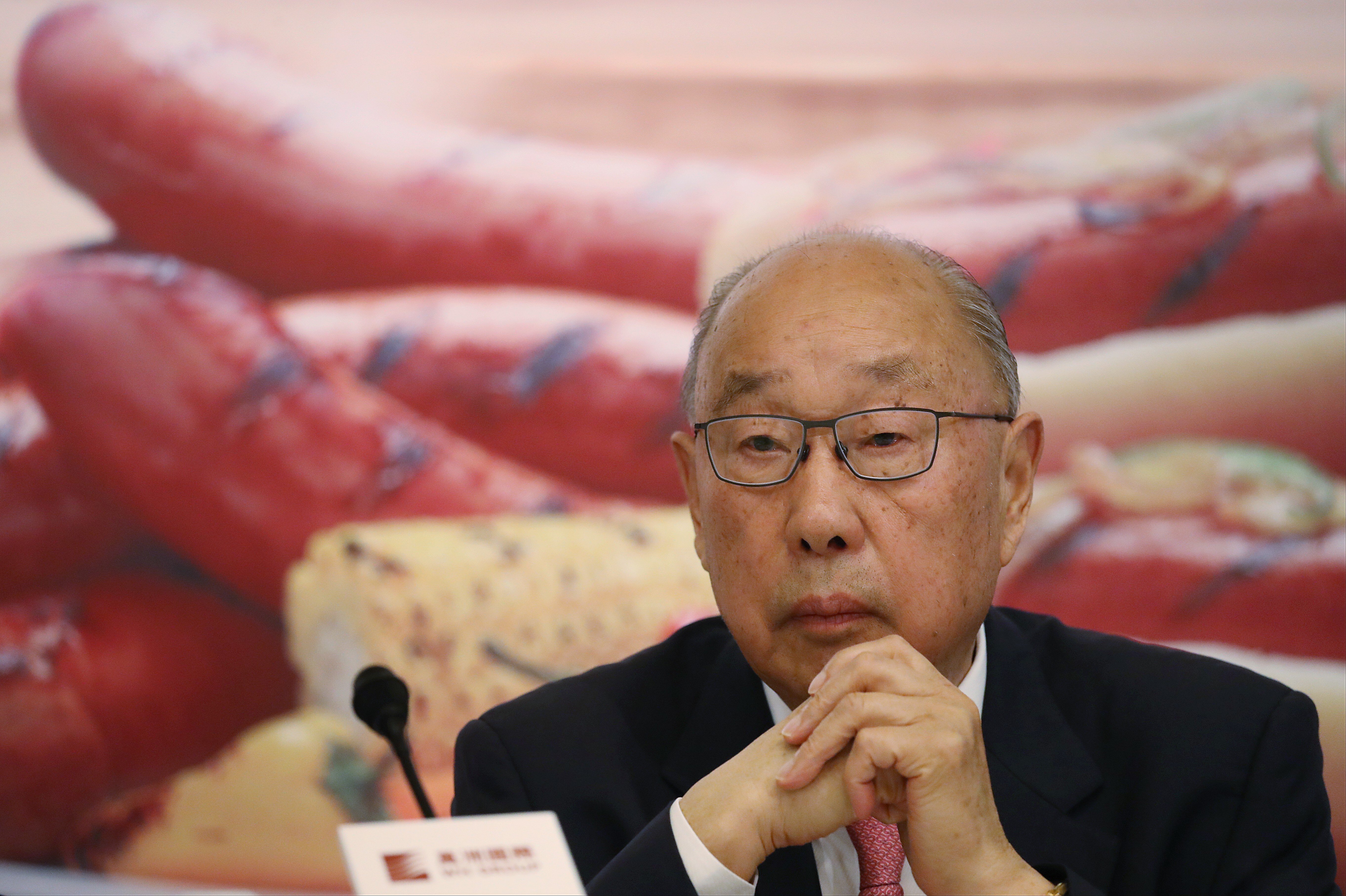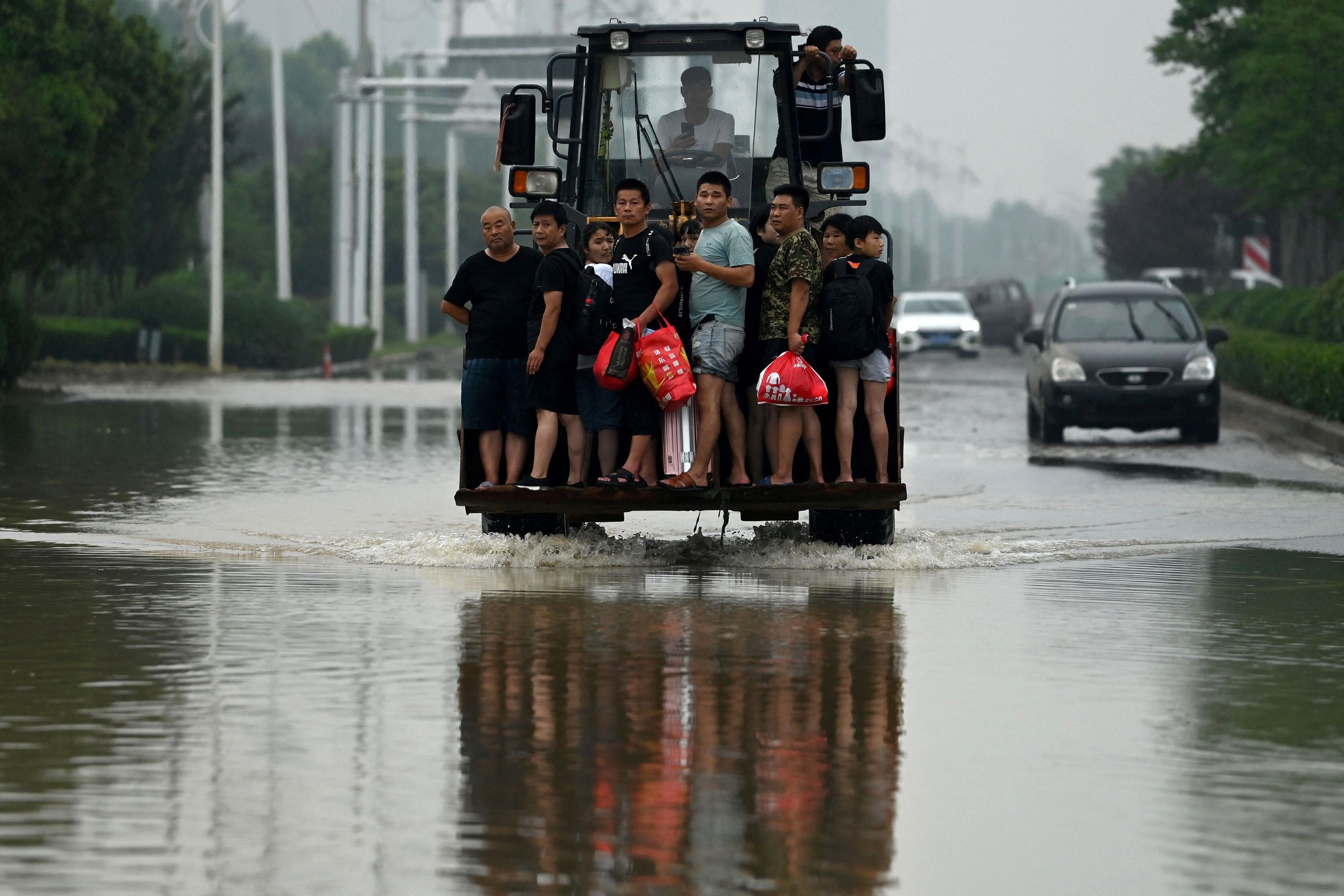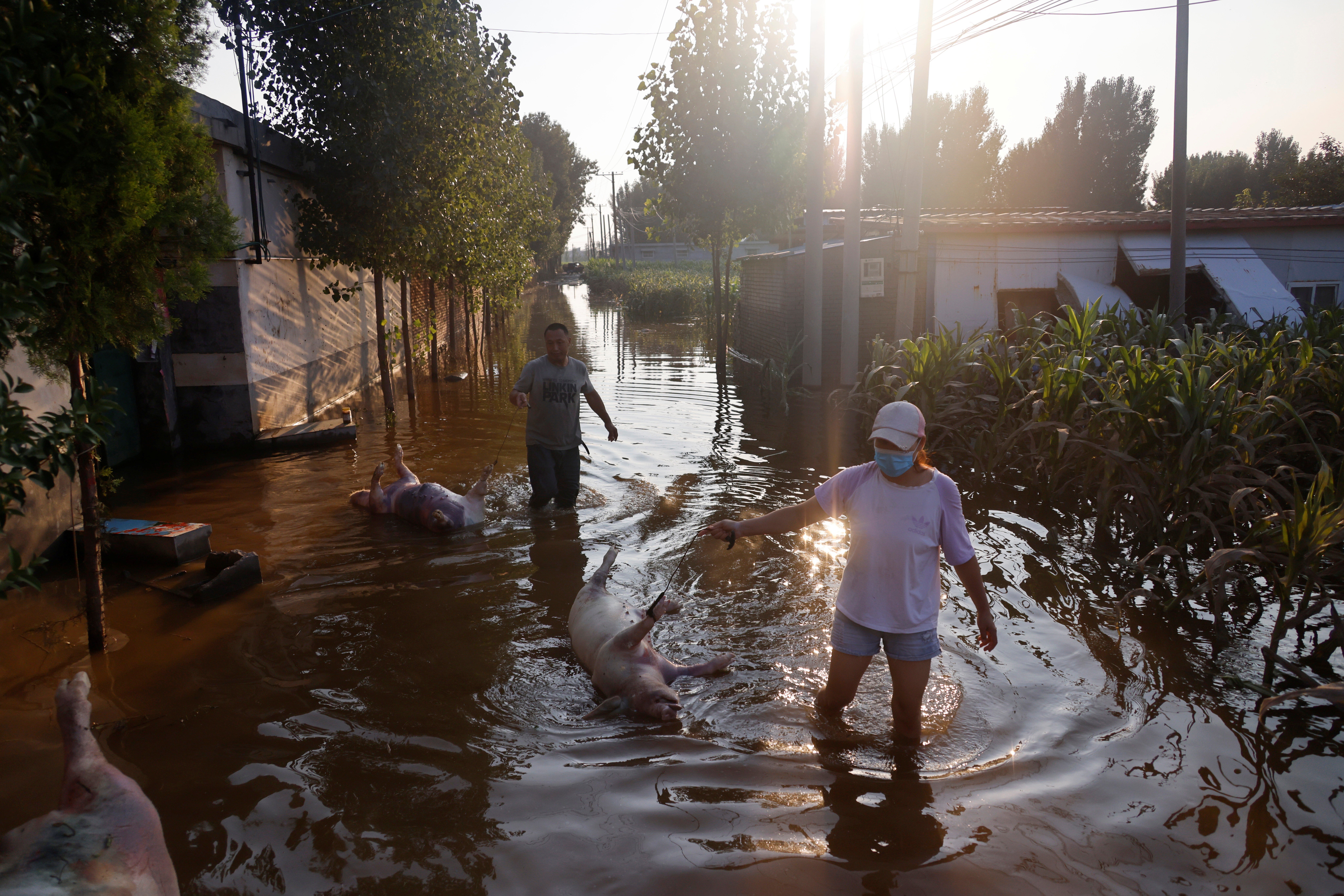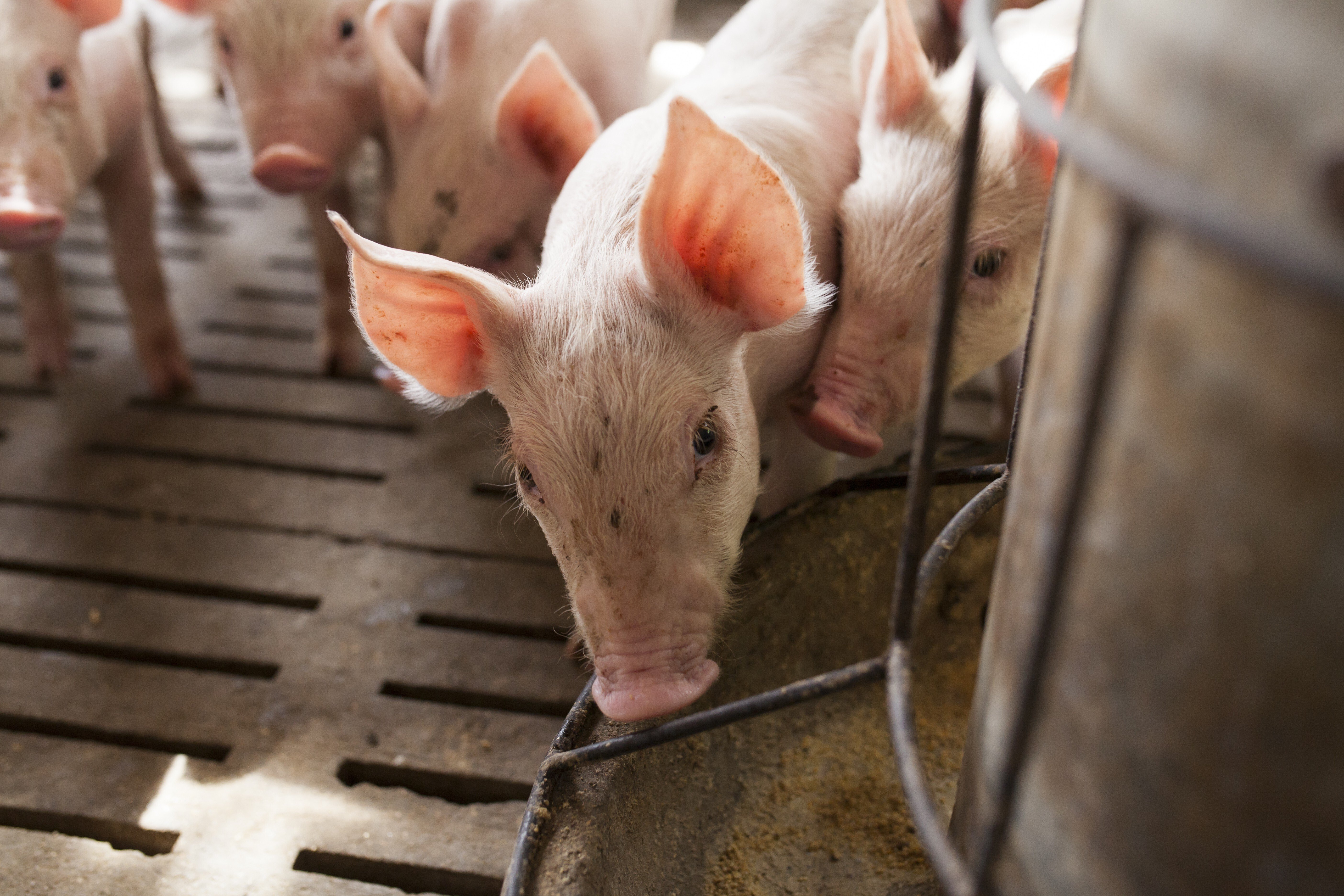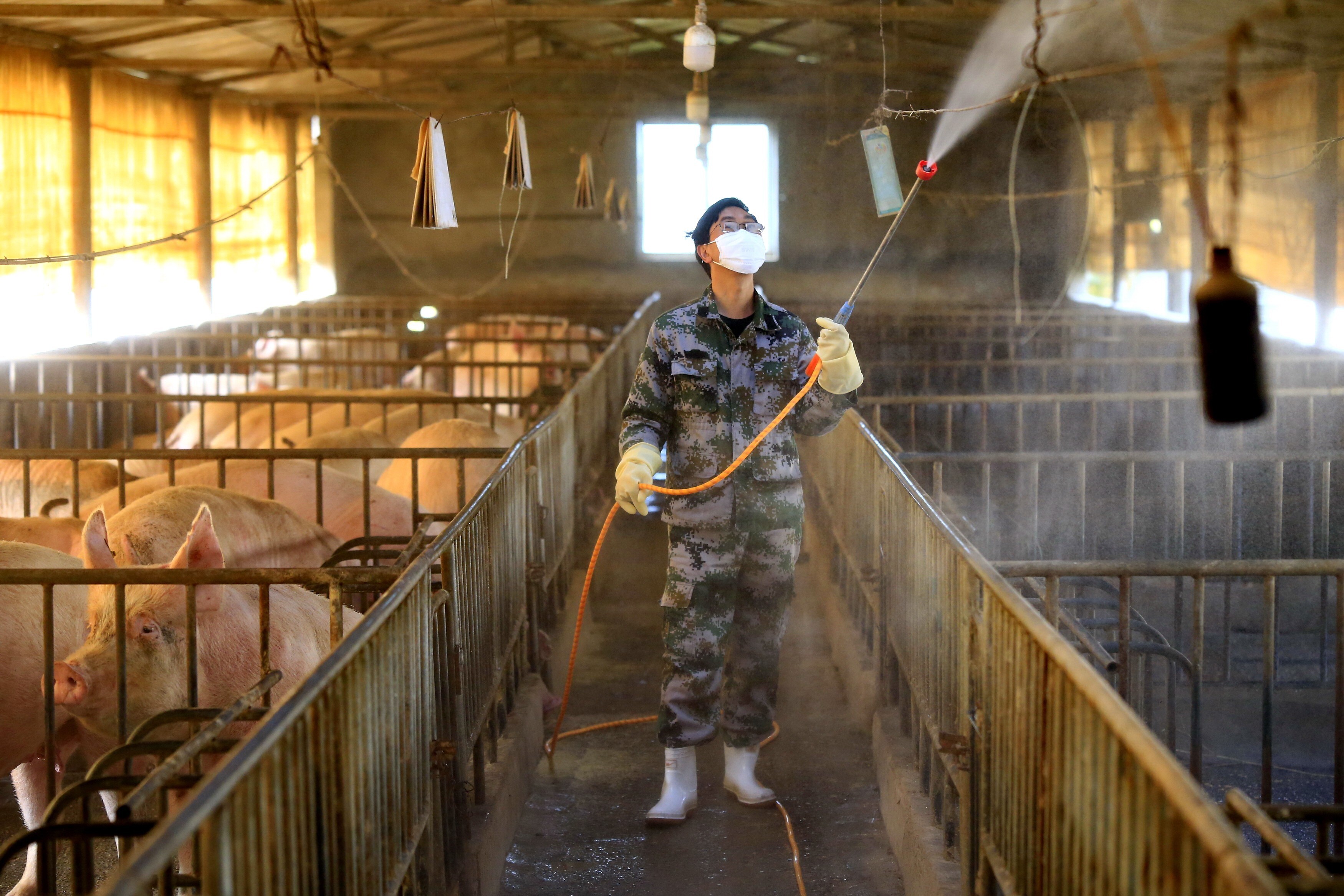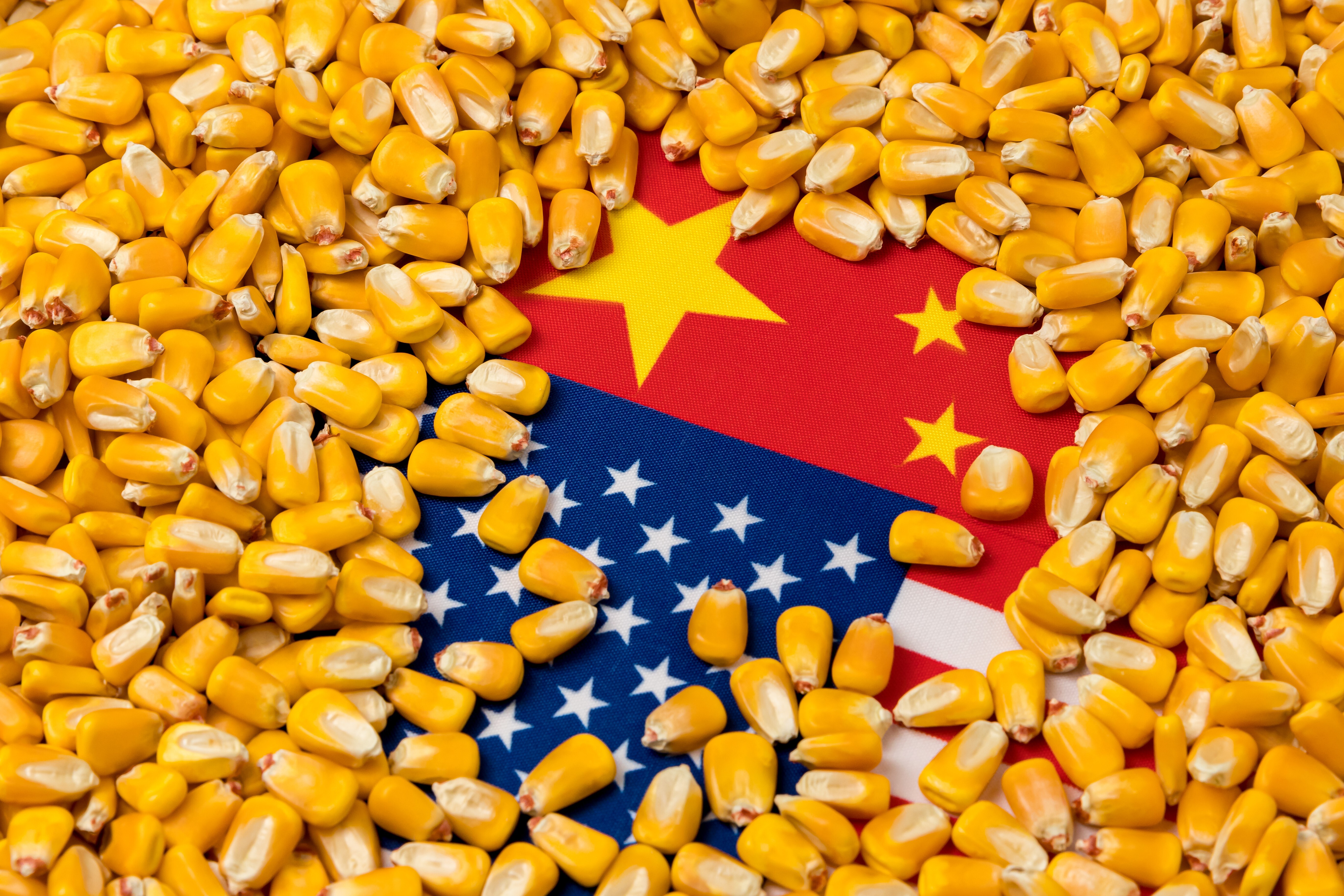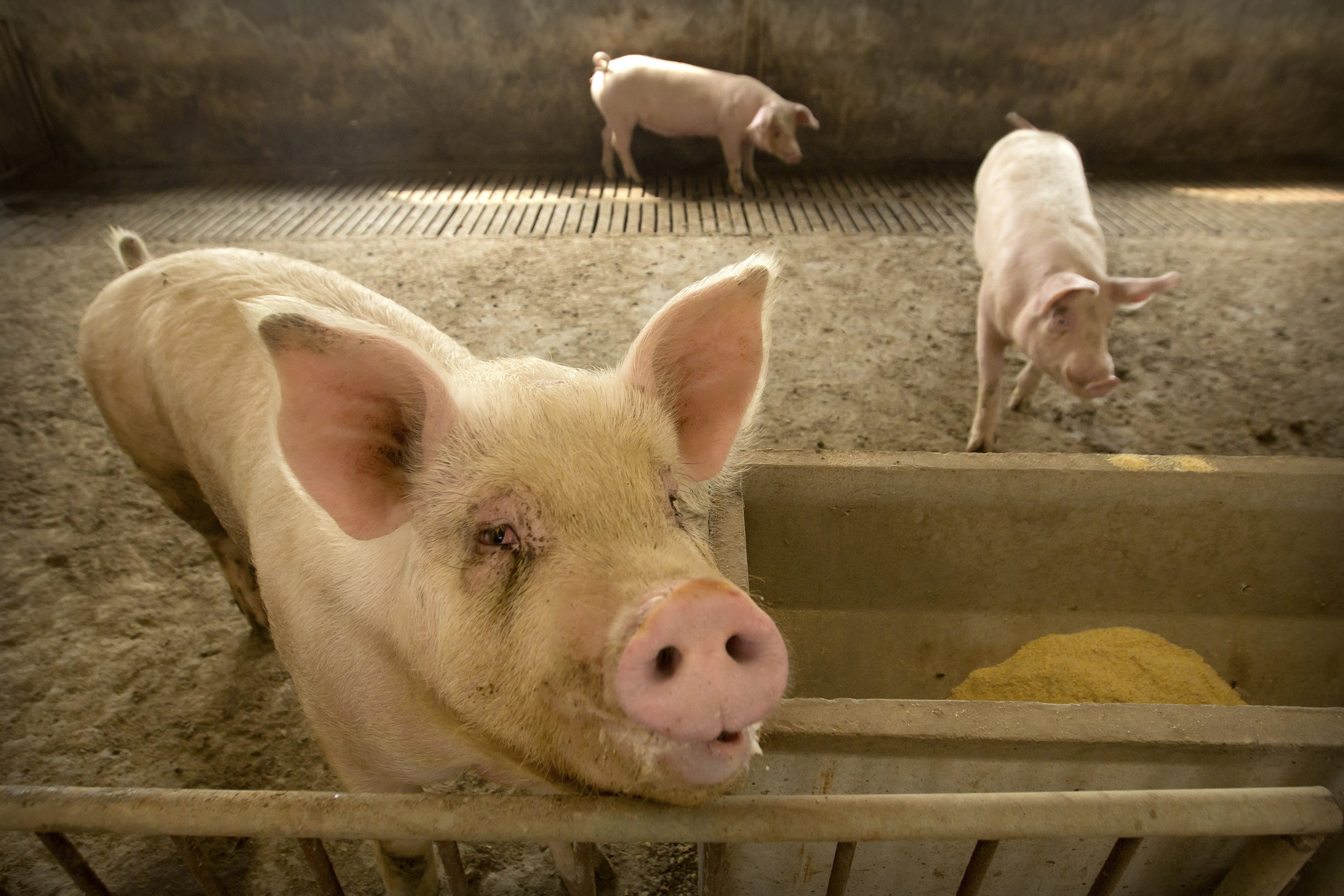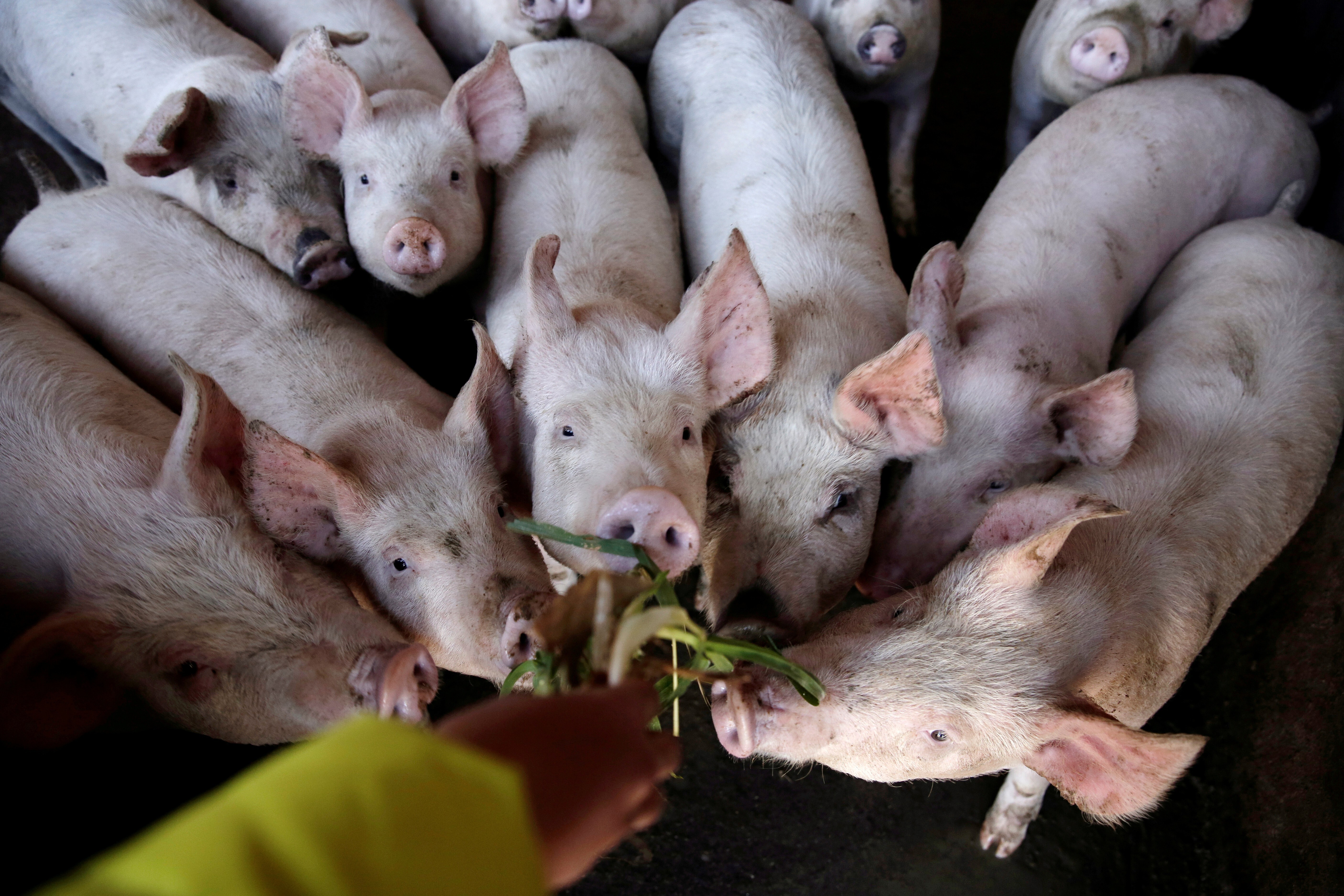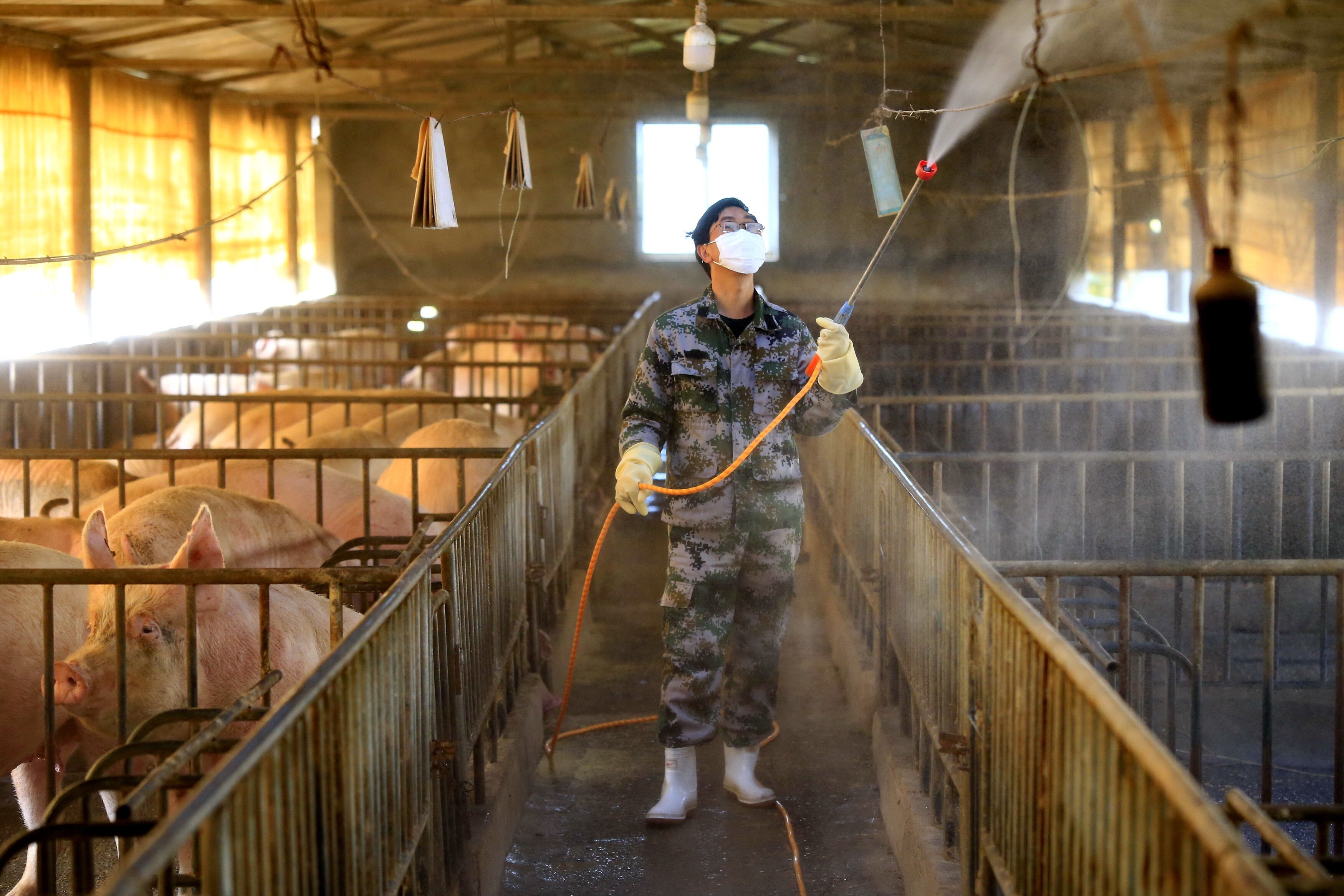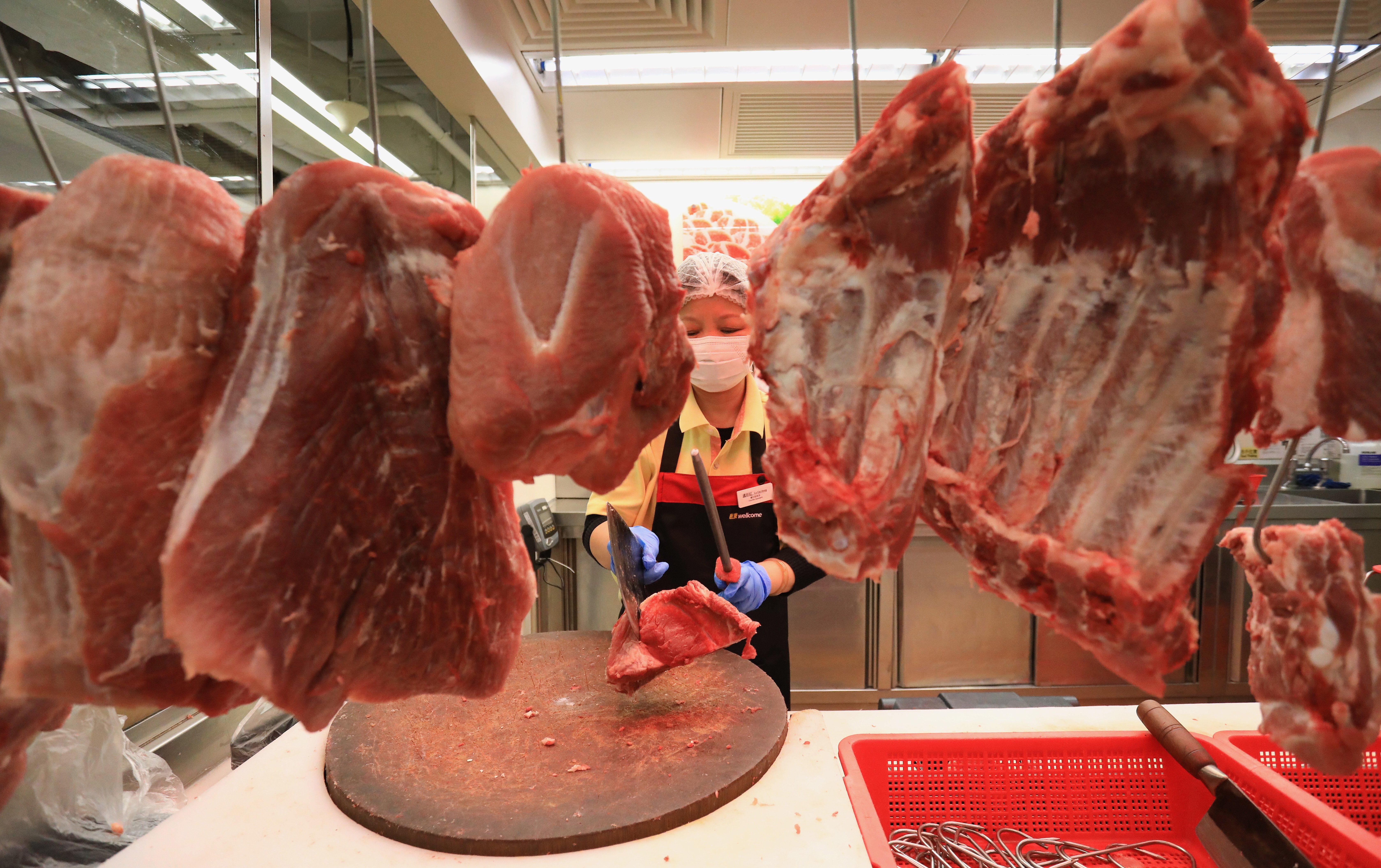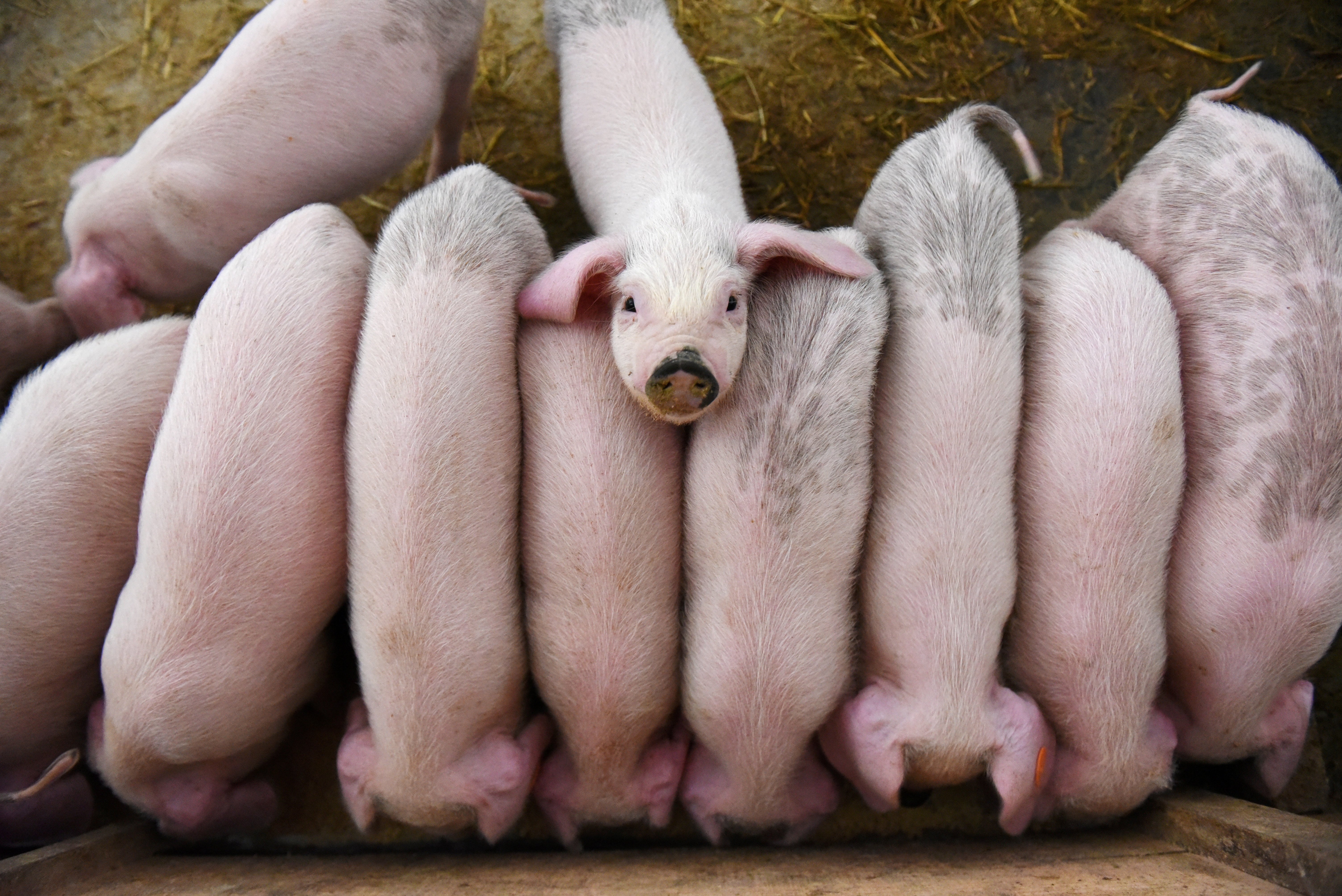Topic
A huge outbreak in mainland China of African swine fever, a disease that is not harmful to humans, but deadly to pigs, has resulted in more than 100 million pigs either dying from the disease, or being culled since August 2018. African swine fever has caused a shortage of pork, which is China’s most popular meat, driving up consumer prices to record levels. The US-China trade war has partially limited China’s ability to import extra pork, with China having imposed tariffs on shipments from the US.
The idea sounds fine on paper as pork is essential to the diet of the Chinese people and to food security, but speculators must be kept at bay
Firms trying to break into the market have to be aware that alternatives are far from new; mock meat has been part of the culinary tradition for 1,400 years
- Veterinary expert calls for government to change tack after city slaughtered 14,000 pigs from eight farms in response to outbreak that started last November
- Industry chiefs urge officials to step up testing and increase financial support as they warn some farms could take up to two years to recover from outbreak
Agriculture, Fisheries and Conservation Department say operation will take place next week, after four pigs at farm in Lau Fau Shan test positive for virus.
Agriculture department says 22 pigs tested positive for virus at farm in Lau Fau Shan, Yuen Long, over the two days prior.
Samples reveal 16 pigs at the farm are carrying the virus.
Chinese scientists reveal fatalities were reduced to zero after testing of potential vaccine.
Authorities say infections will not affect local pork supply or operations of slaughterhouses.
The deadly hog virus swept across China from 2018, slashing herds in the world’s largest producer and consumer of pork, boosting imports and sending meat costs soaring.
Food security is a paramount concern for the world’s most populous nation, and its dependence on imported soybeans likely means ‘another good year for farmers in the US heartland’.
WH Group warned that the Ukraine-Russia war will push costs up and affect profitability, after reporting a 7.2 per cent jump in annual profit on higher sales.
China’s self-sufficiency targets have been flagged since 2020 as part of Beijing’s food security goals, with a push to be almost entirely self-sufficient in pork production set to bolster purchases of soybeans and feed grains.
China lowered its tariffs on frozen pork in 2020 in the aftermath of a devastating outbreak of African swine fever, but rates for most favoured nations will return to 12 per cent on January 1.
China needs to feed 1.4 billion people with a mixture of domestic supply and imports, but recent problems like African swine fever, the coronavirus and natural disasters can impact availability.
Surging output and Covid-linked demand interruptions have driven down pork prices by 70 per cent this year, but many new farmers are determined to ride out the boom-bust cycle.
Carcass of infected animal found at Cape Collinson in Siu Sai Wan along a popular hiking trail.
WH Group, world’s biggest pork producer said allegations by Wan Hongjian, one of the sons of its founder, are ‘untrue and misleading’.
China’s top economic planning agency says it will strengthen control and prevention of African swine fever after the flooding in Henan province, while also ensuring supplies of essential produce.
So-called hog hotels are being used to prevent virus outbreaks after an African swine fever outbreak in China in 2018 wiped out more than 400 million pigs – roughly half the nation’s herd.
Agriculture association says disease prevention supplies needed to fend off pathogens.
The African swine fever epidemic has accelerated a structural transformation in China’s hog farming industry, with small family farms slowly losing market share to agricultural corporations.
Virus wiped out half of the country’s hog herd in 2018 and 2019, and now resurgence threatens recovery.
China’s corn imports are on their way to hitting record highs for the 2020-21 season, but high prices are boosting demand for alternative grains to use as animal feed.
Rapid hog restocking following African swine fever and a post-coronavirus resurgence in the food-service industry are combining to dramatically push up demand for soybeans in China.
China has introduced a new system to manage its pork reserves and stabilise prices for the staple meat, as tumbling prices squeeze small farmers across the world’s second-largest economy.
Sluggish demand, increased imports and panic selling by farmers after fresh outbreaks of African swine fever have combined to see wholesale pork prices plunge in China.
New government policy introducing five zones and banning hogs from being moved between zones aims to encourage the transport of pork rather than live pigs.
China’s imports of US soybeans hit the highest monthly total since December 2016 in March, while overall pork imports jumped to an all-time high in March on supply concerns following a resurgence of African swine fever .
Wholesale price of pork has fallen for nine straight weeks, approaching the level from August 2019, but remains twice as high as it was in mid-2018 before the virus hit.
Movement controls imposed near where the dead animal was found on the north of the island on Sunday.








